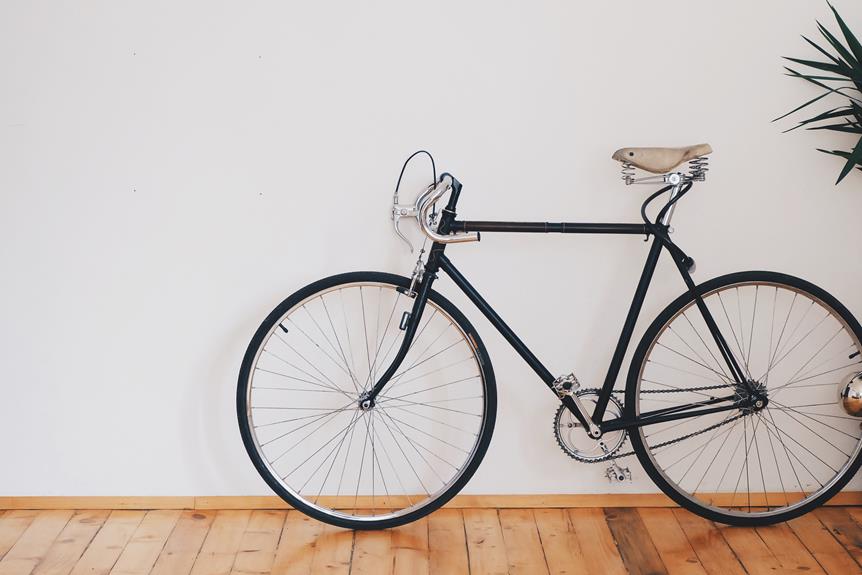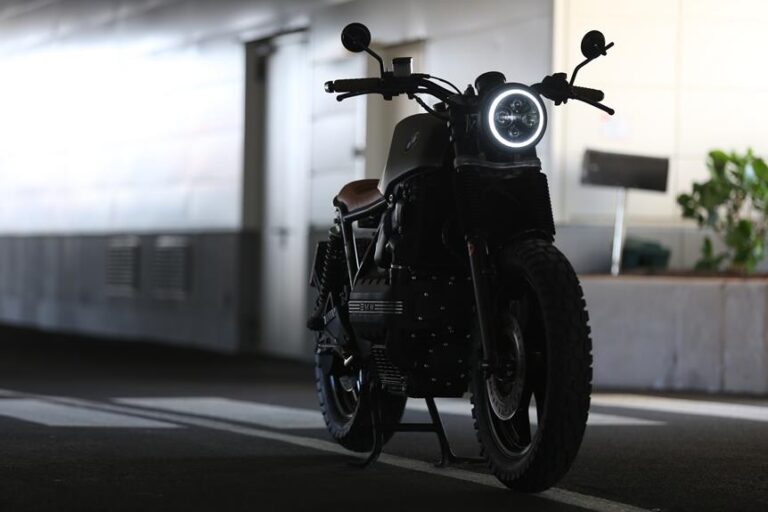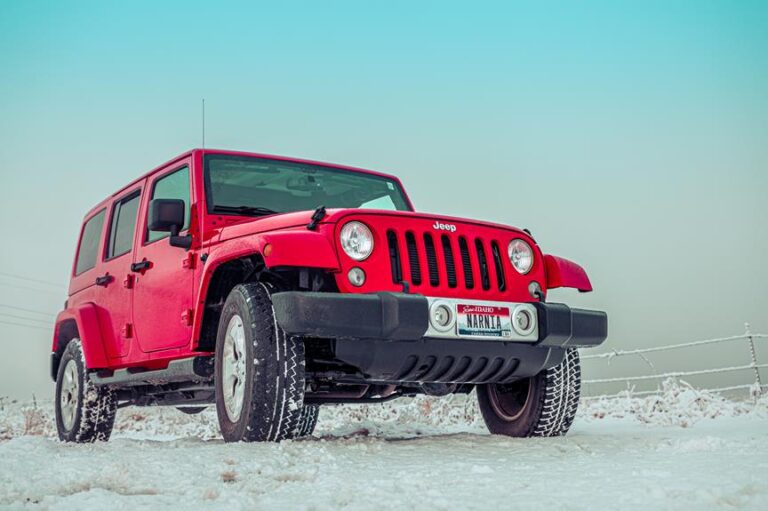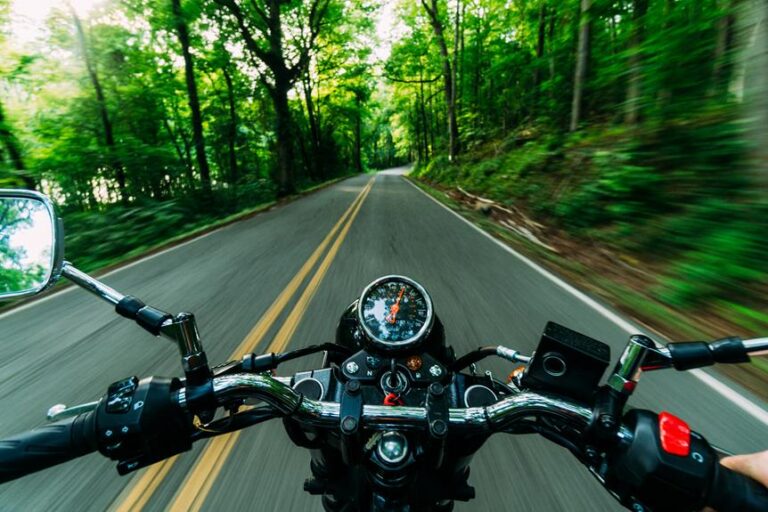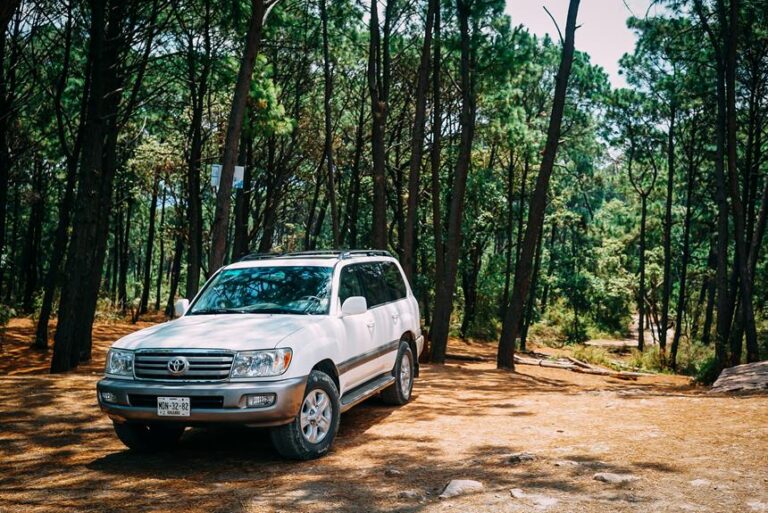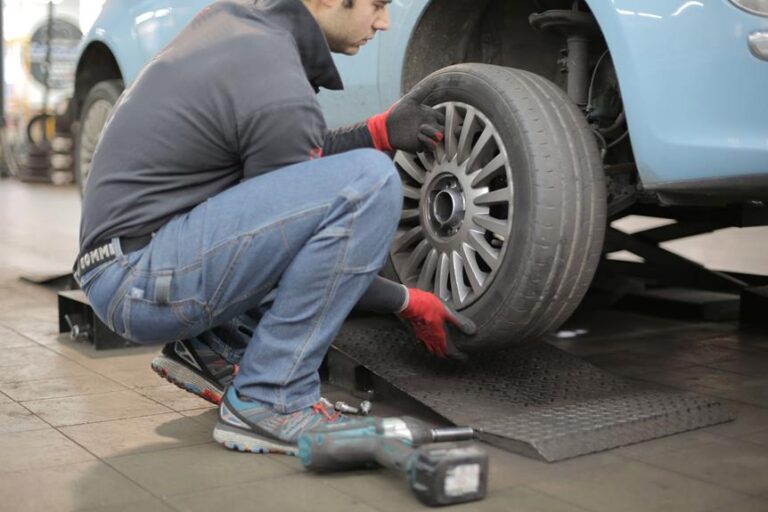Choosing the Right Bicycle Tires
Pedaling down the road, your bicycle tires are the vehicle's only connection to the world beneath you. Like the delicate balance of a tightrope walker, the right tires can provide the freedom and confidence to conquer any terrain.
In this article, we will dive into the intricate world of bicycle tires, exploring the factors that determine the perfect fit for your riding style. From road bikes to mountain bikes to commuter bikes, we will uncover the secrets to choosing the right tires for ultimate performance and enjoyment.
Key Takeaways
- Understanding tire size and width is important when choosing bicycle tires.
- Different tread patterns are designed for specific riding conditions and terrains.
- Tire pressure should be adjusted according to the desired grip and rolling resistance.
- Factors such as tire material, tread pattern, and rubber compound should be considered when choosing bicycle tires.
Understanding Tire Size and Width
The comprehensive understanding of tire size and width is essential for selecting the most suitable bicycle tires for optimal performance and comfort. When it comes to understanding tire construction, there is a wide range of options available to cyclists. Tire size refers to the diameter of the tire and is usually measured in inches. The width, on the other hand, is measured in millimeters and refers to the distance between the sidewalls of the tire when inflated.
The size and width of a tire can greatly impact its performance on the road. A wider tire provides more contact with the ground, resulting in better traction and stability. It also allows for a smoother ride, as it absorbs more of the road vibrations. However, a wider tire can also increase rolling resistance, making it harder to pedal.
Sidewall technology plays a crucial role in tire performance as well. The sidewall is the area of the tire that connects the tread to the bead, and it plays a vital role in absorbing impacts and providing stability. Different tire brands and models utilize different sidewall technologies, such as reinforced sidewalls or tubeless-ready sidewalls, to enhance performance and durability.
Understanding tire size and width, as well as the impact of sidewall technology, allows cyclists to make informed decisions when selecting their bicycle tires. By choosing the right combination, cyclists can optimize their performance, comfort, and overall riding experience.
Exploring Different Tire Tread Patterns
In order to enhance traction and performance on various terrains, cyclists should explore different tire tread patterns that are specifically designed for specific riding conditions.
One important consideration is the use of studded tires for winter riding. These tires are equipped with metal studs that provide increased grip on icy and snowy surfaces, ensuring a safer and more enjoyable riding experience. The benefits of studded tires for winter riding are numerous. They provide superior traction on slippery surfaces, allowing cyclists to navigate through icy patches with confidence. Additionally, studded tires offer improved braking performance, enabling riders to safely stop even on icy terrain.
Another aspect to consider when exploring different tire tread patterns is off-road adventures on gravel terrain. Gravel tires are specifically designed to tackle the challenges of unpaved roads and trails. They feature a tread pattern that provides excellent grip on loose and uneven surfaces, allowing cyclists to maintain control and stability. Gravel tires also offer increased puncture resistance, ensuring that riders can confidently explore remote and rugged areas without the worry of flats.
Overall, by choosing the right tire tread pattern for specific riding conditions, cyclists can enhance their traction and performance, allowing them to fully enjoy the freedom of the open road and off-road adventures.
Factors to Consider When Choosing Tire Pressure
Regularly monitoring and adjusting tire pressure is essential for optimal performance and safety, as it ensures proper contact with the road surface and minimizes the risk of punctures.
When it comes to off-road biking, choosing between tubeless and tubed tires is a crucial decision. Here are some factors to consider when selecting the right tire pressure for different weather conditions:
- Terrain: For off-road biking, the terrain plays a significant role in determining tire pressure. Lower tire pressure provides better traction and grip on loose and uneven surfaces, while higher pressure is ideal for hard-packed trails.
- Weather conditions: In wet and muddy conditions, lower tire pressure helps increase the tire's footprint, providing better grip and control. Conversely, in dry and hard conditions, higher tire pressure helps reduce rolling resistance and improves speed.
- Rider preference: Every rider has their own preference when it comes to tire pressure. Some riders prefer a softer ride with lower pressure, while others prefer a stiffer ride with higher pressure. Experimenting with different pressures can help find the perfect balance between comfort and performance.
Ultimately, the decision between tubeless and tubed tires depends on personal preference and riding style. Tubeless tires offer advantages such as reduced risk of punctures and increased traction, while tubed tires are generally more affordable and easier to install.
Consider these factors and choose the tire pressure and type that best suits your off-road biking needs.
Road Bike Tires: Finding the Perfect Balance of Speed and Grip
Achieving optimal performance on a road bike requires carefully balancing speed and grip, making it crucial for cyclists to experiment with different tire pressures to find the perfect combination. The choice of bike tire materials and the appropriate tire pressure for different weather conditions are key factors in achieving this balance.
Bike tire materials vary in terms of grip, rolling resistance, and durability. Some popular options include clincher tires, which have an inner tube and bead that hooks onto the rim, and tubeless tires, which eliminate the need for an inner tube by creating an airtight seal between the tire and rim. Tubeless tires offer better puncture resistance and lower rolling resistance, but they can be more difficult to install.
When it comes to tire pressure, it is essential to consider the weather conditions. In wet conditions, lower tire pressure can increase grip by increasing the contact area between the tire and the road. However, lower pressure can also increase the risk of pinch flats. On the other hand, higher tire pressure is ideal for dry conditions as it reduces rolling resistance, but it can decrease grip.
Finding the perfect balance between speed and grip is an ongoing process of trial and error. By experimenting with different tire materials and pressures, cyclists can fine-tune their road bike setup to achieve their desired performance.
| Tire Material | Pros | Cons |
|---|---|---|
| Clincher Tires | Easy to install, Affordable | Higher rolling resistance |
| Tubeless Tires | Lower rolling resistance, Better puncture resistance | Difficult to install, More expensive |
| Weather Conditions | Recommended Tire Pressure | |
| Wet | Lower pressure for increased grip | |
| Dry | Higher pressure for reduced rolling resistance |
Mountain Bike Tires: Conquering the Trails With the Right Tread
When selecting mountain bike tires, riders must carefully consider the tread pattern to ensure optimal traction and control on varied terrain. The right tread can make all the difference when it comes to conquering rocky terrain and ensuring maximum performance in wet weather conditions. Here are three key factors to consider when choosing mountain bike tires:
- Tread Pattern: The tread pattern determines how the tire interacts with the ground. For rocky terrain, look for tires with large, aggressive knobs that provide enhanced grip and stability. These knobs help to dig into the terrain and maintain control, especially when navigating technical sections or steep descents. In wet weather, tires with deep channels and siping provide improved traction by channeling water away from the contact patch, reducing the risk of hydroplaning.
- Rubber Compound: The rubber compound used in the tire affects grip and durability. Softer compounds offer better traction but wear out faster, while harder compounds provide longevity but sacrifice some grip. Consider the conditions you ride in the most to strike the right balance between grip and durability.
- Tire Width: The width of the tire impacts both traction and control. Wider tires provide greater stability and traction, especially over rough terrain. They also allow for lower tire pressures, which can further enhance grip. However, wider tires can be heavier and slower, so it's important to find the right balance for your riding style and terrain.
By carefully considering these factors, riders can choose mountain bike tires that will provide the necessary traction and control to conquer any trail, whether it be rocky terrain or wet weather conditions.
Commuter Bike Tires: Prioritizing Durability and Puncture Resistance
When it comes to choosing commuter bike tires, durability and puncture resistance should be the top priorities.
Commuters often face unpredictable road conditions, including potholes, debris, and sharp objects, which can lead to flats and damage to the tire.
Tire Lifespan and Durability
A thorough examination of the data reveals that the average lifespan of commuter bike tires is approximately 2,000 to 3,000 miles, with durability and puncture resistance being the primary concerns for riders.
To ensure optimal tire lifespan and performance, proper tire maintenance is crucial. Regularly inspecting the tires for any signs of wear and tear, such as cracks or bulges, and keeping them properly inflated can significantly extend their lifespan.
Additionally, selecting tires with a robust construction, such as those with reinforced sidewalls or puncture-resistant layers, can enhance durability and minimize the risk of flats.
Investing in high-quality tires that are specifically designed for commuting can make a world of difference in terms of longevity and reliability.
Puncture Protection Options
Several puncture protection options, such as Kevlar belts and reinforced casings, provide commuter bike tires with an extra layer of defense against potential flats. These options have become increasingly popular among cyclists who desire a hassle-free riding experience.
Tire sealants are one such puncture protection option that has gained significant attention in recent years. These sealants work by instantly filling any punctures or holes in the tire, preventing air from escaping and allowing the rider to continue their journey without interruption.
Another popular option is Kevlar technology, which reinforces the tire's casing and significantly reduces the risk of punctures. Kevlar belts are lightweight and flexible, allowing for a smooth and comfortable ride while still providing excellent puncture resistance.
With these innovative puncture protection options available, cyclists can enjoy the freedom of riding without the constant worry of flat tires.
Balancing Weight and Performance
How can cyclists effectively balance the weight and performance of their commuter bike tires without compromising durability and puncture resistance? Achieving the perfect balance between weight and performance is crucial for cyclists who want to enjoy a smooth and efficient ride while also ensuring their tires are durable and resistant to punctures.
Here are three key factors to consider:
- Tire materials: Choosing the right tire materials can significantly impact the weight and performance of your bike. Lightweight materials like Kevlar or nylon can reduce the overall weight of the tire without compromising strength and durability.
- Tread pattern: The tread pattern on your bike tires can affect both performance and puncture resistance. Opting for a tread pattern that balances grip and rolling resistance can enhance performance, while also incorporating features like puncture-resistant layers can help prevent flats.
- Weight distribution: Proper weight distribution is essential for maintaining stability and control. Balancing the weight between the front and rear tires can improve overall handling and performance, making your ride more enjoyable and efficient.
Tubeless Vs. Tubed Tires: Weighing the Pros and Cons
The advantages and disadvantages of tubeless and tubed tires are being carefully evaluated in the ongoing discussion among cycling enthusiasts. Both options have their own set of pros and cons, and choosing the right type of tire can greatly impact one's cycling experience.
| Tubeless Tires | Tubed Tires | Factors to Consider when Choosing Tire Pressure |
|---|---|---|
| * Increased puncture resistance | * Ease of installation | * Rider weight and preference |
| * Lower rolling resistance | * Simplicity of repair | * Road conditions and terrain |
| * Ability to run lower tire pressures for improved traction | * Availability and cost of replacement tubes | * Riding style and intended use |
Tubeless tires offer several advantages, including increased puncture resistance and lower rolling resistance. They also allow for running lower tire pressures, which can improve traction and comfort. However, they can be more difficult to install and repair.
On the other hand, tubed tires offer simplicity and ease of repair. They are also typically more readily available and cost-effective when it comes to replacement tubes. However, they may not provide the same level of puncture resistance and rolling efficiency as tubeless tires.
When choosing tire pressure, factors such as rider weight and preference, road conditions and terrain, as well as riding style and intended use, should be considered. Finding the right tire pressure can greatly impact performance and comfort on the bike.
Ultimately, the choice between tubeless and tubed tires depends on individual preferences and priorities. Whether one values puncture resistance, rolling efficiency, or ease of repair, it is important to weigh the pros and cons and make an informed decision based on personal needs and riding style.
Frequently Asked Questions
What Are the Benefits of Using Tubeless Tires Over Tubed Tires?
The benefits of using tubeless tires over tubed tires include improved puncture resistance, lower rolling resistance, and the ability to run lower tire pressures for better traction and comfort. However, tubeless tires require special rims and sealant, and can be more difficult to install and repair.
Can I Use Mountain Bike Tires on a Road Bike?
Yes, you can use mountain bike tires on a road bike, but it may not be ideal. Mountain bike tires, designed for gravel riding, offer better traction and durability but can be slower on pavement. Using road tires on a mountain bike can provide faster speeds but sacrifice off-road capabilities.
How Often Should I Check and Adjust the Tire Pressure?
Regularly checking and adjusting tire pressure is crucial for optimal performance and safety. The frequency of these checks will vary depending on factors such as riding conditions, tire type, and personal preference. It is recommended to check tire pressure before each ride and adjust as necessary.
Are There Any Specific Tread Patterns Recommended for Wet or Slippery Conditions?
Tire grip recommendations should be considered when choosing the right tire compound for wet conditions. Different tread patterns can provide better traction and control on slippery surfaces, ensuring a safe and enjoyable cycling experience.
What Is the Maximum Weight Limit for Different Tire Sizes and Widths?
The maximum weight capacity of bicycle tires varies depending on the tire size and width. It is important to choose a tire that can support the weight of the rider to ensure stability and safety during cycling activities.
Conclusion
In conclusion, choosing the right bicycle tires is crucial for optimal performance and safety.
Understanding tire size, tread patterns, and tire pressure is essential in finding the perfect balance between speed, grip, durability, and puncture resistance.
Whether you're a road cyclist looking for speed, a mountain biker conquering trails, or a commuter prioritizing durability, selecting the right tires can greatly enhance your riding experience.
So, make sure to consider all factors and choose wisely to ensure a smooth and enjoyable ride.

